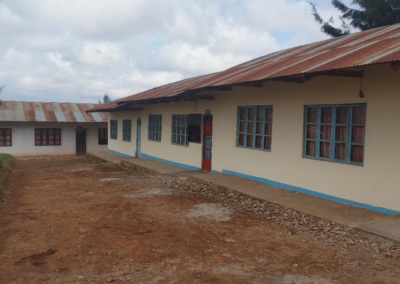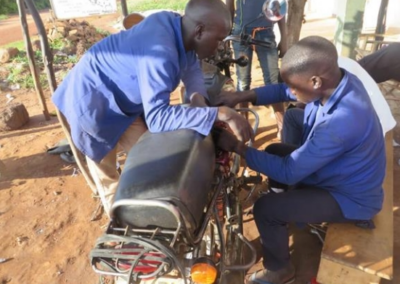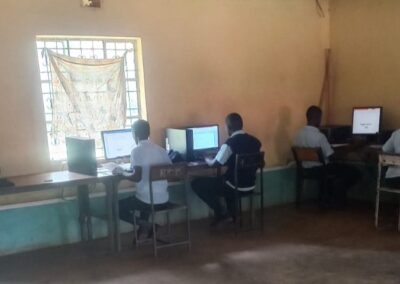The religious organization YPPA accommodates young people who fall out of the public education system and are in danger of failing in society.
In addition to religious education, the organization wants to provide these young people with agricultural and animal husbandry education. To achieve this, two extra classrooms had to be built.
Project has been executed successfully!
Amount collected: € 400.-
Project information
The situation
In January 2010, YPPA started accommodating school dropouts, who tend to be considered as the misfits of society. The organization previously focused mainly on religious education, and therefore had two classrooms available where it taught in shifts.
The implementing organisation
Yayasan Pondok Pesantren Assyafi’Iyyah (YPPA) is a religious organization that has been established in 1958.
The envisaged project results
The initiative to support youth that drop out from the public education system and that risk to fail in society, is of more recent date. The organization wants to give these young people besides religious education also agricultural and livestock education. To achieve this, two additional classrooms had to be built.
The required funds
The board of Yayasan Pondok Pesantren Assyafi’Iyyah needed in October 2012 for the construction of two additional classrooms IDR 75 million (approximately € 4,600) and had approached several organizations and individuals with a request for financial support.
With the board it was agreed that Van Doorn Foundation would be kept informed about the results of their other sponsors’ activities, while Van Doorn Foundation within its own network in Indonesia would try to collect funds.
This fundraising ultimately yielded IDR 5 million (approximately € 400). A small contribution, but along with other donations sufficient to build two additional classrooms for secondary agricultural and livestock education.
The result
Since then approximately 60 students per year follow this education.
For these projects your support is necessary!

Bedankt!
Bedankt dat je wilt bijdragen aan dit project! Vul hieronder het formulier in en je wordt naar een iDeal pagina gebracht om de betaling te kunnen doen.




